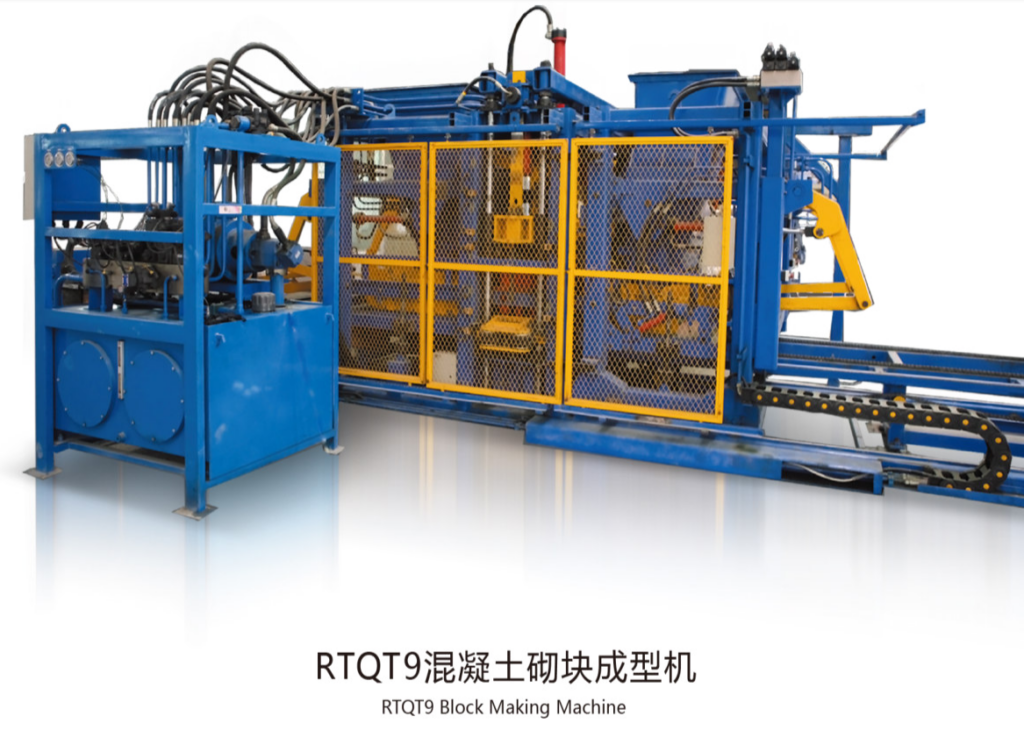The demand and usage of brick making machines have been growing steadily in recent years, driven by a variety of factors.
Here are some of the main reasons for the growing popularity of brick making machines:
Increased demand for affordable housing: With growing populations and urbanization, there is an increasing demand for affordable housing in many parts of the world. Brick making machines offer a cost-effective way to produce bricks that can be used for construction, making it easier to build affordable housing.
Efficiency and productivity: Brick making machines are designed to be efficient and productive, allowing for the production of large quantities of bricks in a short amount of time. This can be particularly useful for construction projects that require a lot of bricks, such as building homes, schools, and other structures.
Improved technology: Advances in technology have made brick making machines more efficient, reliable, and user-friendly. Modern machines are designed to be easy to operate and maintain, with features that improve productivity and reduce waste.
Sustainability: Brick making machines can produce bricks using sustainable materials, such as clay, sand, and cement, which are readily available and environmentally friendly. brick manufacturing machines This makes them a more sustainable option compared to other building materials, such as concrete.
Versatility: Brick making machines can be used to produce a wide variety of bricks, including interlocking bricks, paving bricks, and hollow bricks. This makes them a versatile option for a range of construction projects, from building homes to creating outdoor spaces.
Overall, the growing demand and usage of brick making machines can be attributed to their cost-effectiveness, efficiency, sustainability, and versatility. As technology continues to advance and the demand for affordable housing grows, it is likely that the popularity of brick making machines will continue to increase.
How do brick making machines compare to other building materials in terms of cost and sustainability?
Brick making machines can be a cost-effective and sustainable building material compared to other options.
Here are some ways in which brick making machines compare to other building materials in terms of cost and sustainability:
Cost: Brick making machines can be a cost-effective option for construction projects, particularly when compared to materials like concrete or steel. Bricks made by brick making machines are usually less expensive than other building materials, and the machines themselves can be relatively affordable, especially if purchased used or in bulk.
Durability: Bricks made by brick making machines are known for their durability and strength, making them a long-lasting building material. This can result in long-term cost savings, as the need for repairs or replacements is reduced.
Sustainability: Brick making machines can produce bricks using sustainable materials like clay, sand, and cement, which have a lower environmental impact than other building materials. They can also be made from recycled materials, such as crushed glass or fly ash, further reducing their environmental impact.
Energy efficiency: Brick making machines can be designed to be energy-efficient, reducing their carbon footprint and operating costs. Some machines use renewable energy sources like solar or wind power, further reducing their environmental impact.
Versatility: Bricks made by brick making machines can be used for a variety of construction projects, from building homes to creating outdoor spaces. They can be used for load-bearing walls, as well as for decorative features like arches and columns.
Overall, brick making machines can be a cost-effective and sustainable option for construction projects. They offer durability, sustainability, energy efficiency, and versatility, making them a popular choice for builders and contractors around the world. However, it’s important to consider factors like local availability and sourcing of materials, as well as the environmental impact of transportation and production, when choosing a building material.
